For outstanding contributions to engineering of biomimetic tissue-on-chip technologies and organoids for disease modeling and regenerative medicine, ASU’s Mehdi Nikkhah has been inducted as a Fellow into the American Institute for Medical and Biomedical Engineering.
Tag: Organoids
Lab-grown liver organoid to speed up turtle research, making useful traits easier to harness
A team of Iowa State University researchers developed protocols for growing organoids that mimic a turtle liver, the first organoids developed for a turtle and only the second for any reptile. The discovery will aid deeper study of turtle genetics, including the cause of traits with potential medical applications for humans such as the ability to survive weeks without oxygen.
Human pluripotent stem cell-derived kidney organoids: Current progress and challenges
Human pluripotent stem cell (hPSC)-derived kidney organoids share similarities with the fetal kidney. However, the current hPSC-derived kidney organoids have some limitations, including the inability to perform nephrogenesis and lack of a c
Bar-Ilan University researchers produce “laboratory testicles”
Dr. Nitzan Gonen, a Bar-Ilan University researcher specializing in the process of fetal sex determination, together with research students Aviya Stopel, Cheli Lev and Stav Dahari, has succeeded in creating “laboratory testicles” that may significantly advance understanding of the mechanisms involved in sex determination and provide solutions for male infertility, which affects one in 12 men worldwide.
Artificially grown ‘mini-brains’ without animal components bring opportunities for neuroscience
Researchers at University of Michigan developed a method to produce artificially grown miniature brains — called human brain organoids — free of animal cells that could greatly improve the way neurodegenerative conditions are studied and, eventually, treated. The work offers a solution to overcome Matrigel’s weaknesses.
Fine-tuning 3D lab-grown mini tumors to help predict how patients respond to cancer therapies
Scientists from the UCLA Jonsson Comprehensive Cancer Center have developed a new method to bioprint miniature tumor organoids that are designed to mimic the function and architecture of real tumors. The improved process allows researchers to use an advanced imaging method to study and analyze individual organoids in great detail, which can help researchers identify personalized treatments for people with rare or hard-to-treat cancers.
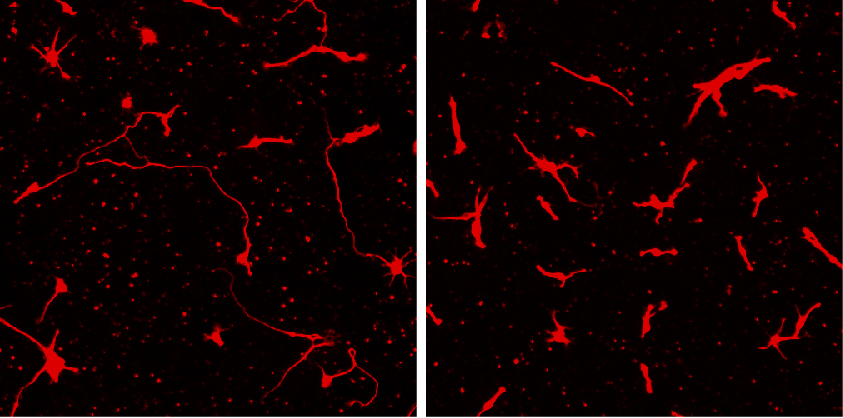
New Technique Allows Researchers to Dig into Molecular Causes of Pediatric Bipolar Disorder
Coaxing blood cells from patients to develop into three-dimensional brain “organoids” is allowing scientists at University of Utah Health to gain insights into pediatric bipolar disorder.
Testing vaccine candidates quickly with lab-grown mini-organs
Researchers reporting in ACS Central Science have developed a new testing platform that encapsulates B cells — some of the most important components of the immune system — into miniature “organoids” to make vaccine screening quicker and greatly reduce the number of animals needed for testing.
Researchers Use Colon Organoids to Explore Why Aspirin Protects against Cancer
Article title: Genomic and epigenomic responses to aspirin in human colonic organoids Authors: David Witonsky, Margaret C. Bielski, Jinchao Li, Kristi M. Lawrence, Ishmael N. Mendoza, Hina Usman, Sonia S. Kupfer From the authors: “This is the first study to…
Novel organoid models to study non-alcoholic fatty liver disease
Researchers from the Organoid group (former Clevers group, Hubrecht Institute) together with researchers from the Princess Máxima Center for pediatric oncology established novel human organoid models of fatty liver disease.
Lab-grown retinal eye cells make successful connections, open door for clinical trials to treat blindness
Retinal cells grown from stem cells can reach out and connect with neighbors, according to a new study, completing a “handshake” that may show the cells are ready for trials in humans with degenerative eye disorders.Over a decade ago, researchers from the University of Wisconsin–Madison developed a way to grow organized clusters of cells, called organoids, that resemble the retina, the light-sensitive tissue at the back of the eye.
Brain Organoids Reveal in Detail the Harms of Prenatal Alcohol Exposure
UC San Diego researchers used human brain organoids to study the effects of prenatal alcohol exposure on neural development, revealing significant harms in molecular detail.
Brain-Like Organoids Grown in a Dish Provide Window into Autism
Whatever you do, don’t call them “mini-brains,” say University of Utah Health scientists. Regardless, the seed-sized organoids—which are grown in the lab from human cells—contained an array of neural and other cell types found in the cerebral cortex, the outermost layer of the brain involved in language, emotion, reasoning, and other high-level mental processes. They are providing insights into the brain and uncovering differences that may contribute to autism in some people.
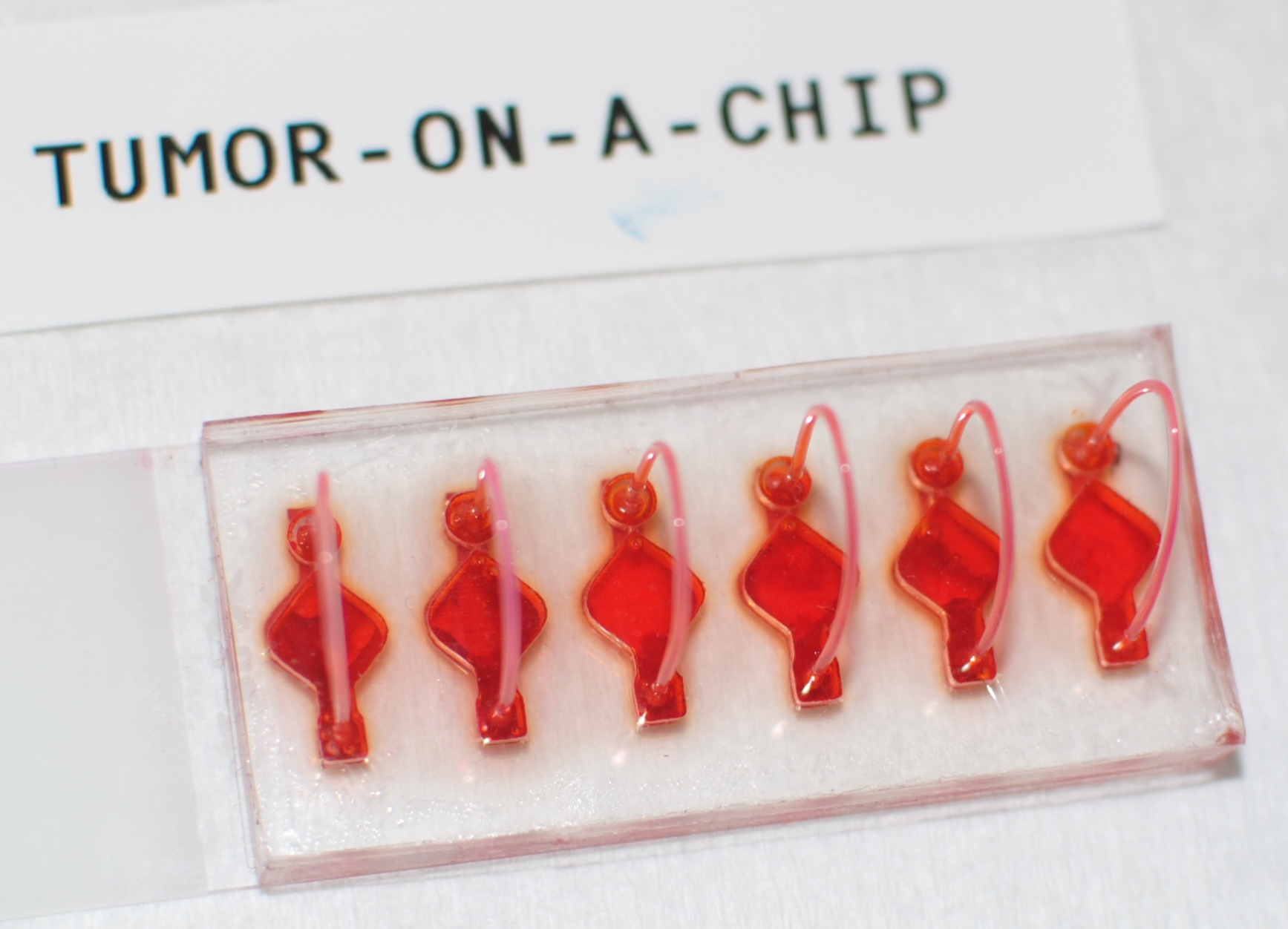
WFIRM researchers create specific cancer organoid system to study bacterial effects on immunotherapy
Wake Forest Institute for Regenerative Medicine (WFIRM) researchers are using a tumor organoid system to examine the effects of metabolites secreted by bacteria on a specialized immunotherapy – immune checkpoint blockage, a promising cancer treatment development – to determine why some patients don’t respond or develop a resistance to the treatment over time.
Organoids Reveal Similarities Between Myotonic Dystrophy Type 1 & Rett Syndrome
Using brain organoids, UC San Diego researchers discover mutational commonalities between muscular dystrophy type 1 and Rett syndrome, suggesting the potential of a similar treatment for both.
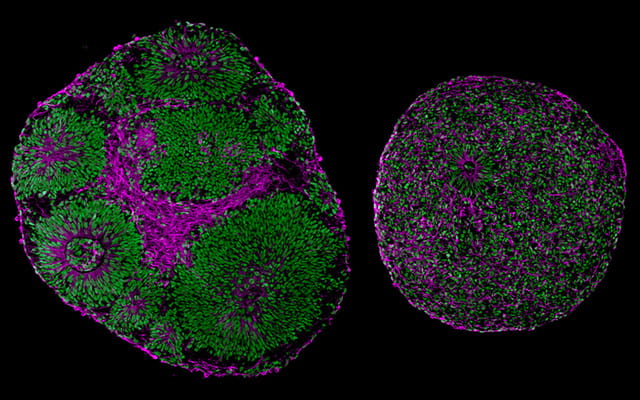
Gene Therapy Reverses Effects of Autism-Linked Mutation in Brain Organoids
UC San Diego scientists use lab-grown human brain tissue to identify neural abnormalities in Pitt-Hopkins Syndrome and show gene therapy tools can rescue neural structure and function.
When organoids meet coronaviruses
Researchers from the group of Hans Clevers in collaboration with the group of Bart Haagmans (Erasmus MC) established an organoid biobank to search for the genes that are essential for the spreading of a SARS-CoV2 infection.
Brain Organoids Mimic Head Size Changes Associated with Type of Autism
Stem cell models derived from people with specific genomic variation recapitulate aspects of their autism spectrum disorder, providing a valuable model to study the condition and look for therapeutic interventions.
Mount Sinai scientists discover early signs of frontotemporal dementia in personalized cerebral organoids
Frontotemporal dementias are a group of fatal and debilitating brain disorders for which there are no cures. In an article published July 26 in Cell, Mount Sinai researchers describe how they were able to recreate much of the damage seen in a widely studied form of the disease by growing special types of cerebral organoids in petri dishes.
Research News Tip Sheet: Story Ideas from Johns Hopkins Medicine
NEWS STORIES IN THIS ISSUE:
– Study Says Failure to Rid Amyloid Beta Protein from Brain May Lead to Alzheimer’s Disease
– Johns Hopkins Medicine Team Discovers Novel Mediator of Once Mysterious Chronic Itch – Study Suggests Molecular Changes in Tissue Microenvironment May Promote Colorectal Cancer
– Researchers ID Anti-Inflammatory Proteins as Therapy Targets for Nasal and Sinus Problem
– Johns Hopkins Children’s Center Receives NIH Award to Study Dangerous Pediatric Disease
Brain Organoids Help Illuminate and Test Treatments for Rare Form of Epilepsy
Animal models don’t consistently recapitulate human CDKL5 deficiency disorder (CDD), a rare form of epilepsy. Using personalized brain organoids — “mini-brains” in a lab dish derived from stem cells of patients deficient in CDKL5 protein — researchers at UC San…

Signals from muscle protect from dementia
How do different parts of the body communicate? Scientists at St. Jude are studying how signals sent from skeletal muscle affect the brain.
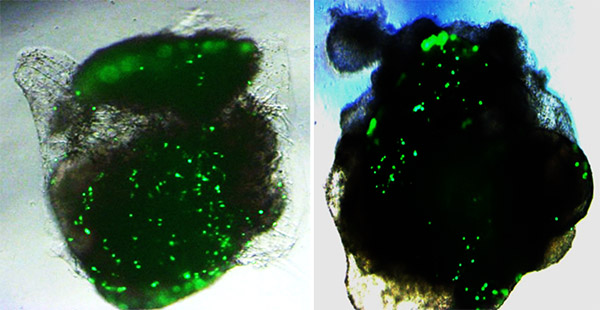
Human Lung and Brain Organoids Respond Differently to SARS-CoV-2 Infection in Lab Tests
UC San Diego School of Medicine researchers are using stem cell-derived organoids to study how SARS-CoV-2 interacts with various organ systems. Their findings may help explain the wide variety in COVID-19 symptoms and aid the search for therapies.

‘Mini brain’ organoids grown in lab mature much like infant brains
A new study from UCLA and Stanford University researchers finds that three-dimensional human stem cell-derived ‘mini brain’ organoids can mature in a manner that is strikingly similar to human brain development.
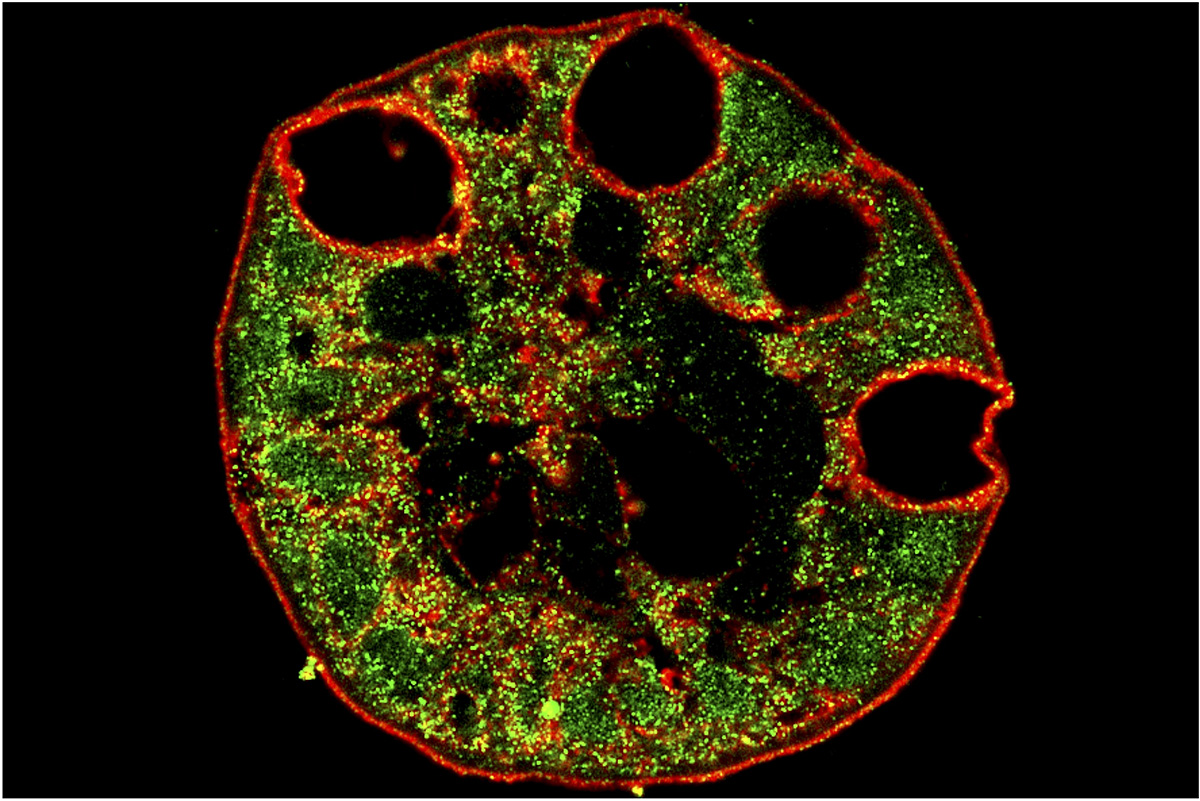
For some, GI tract may be vulnerable to COVID-19 infection
Researchers at Washington University School of Medicine in St. Louis have found that patients with Barrett’s esophagus may be vulnerable to coronavirus infection from what they swallow.
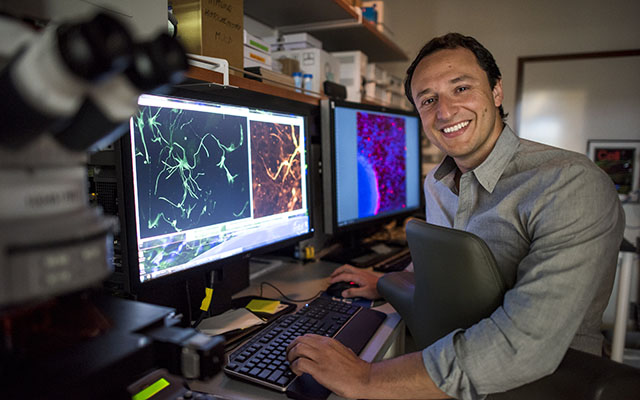
Lab-Grown Human Brain Organoids Mimic an Autism Spectrum Disorder, Help Test Treatments
UC San Diego researchers used brain organoids to identify two drug candidates that counteract the genetic deficiencies that cause Rett syndrome, a rare form of autism spectrum disorder.
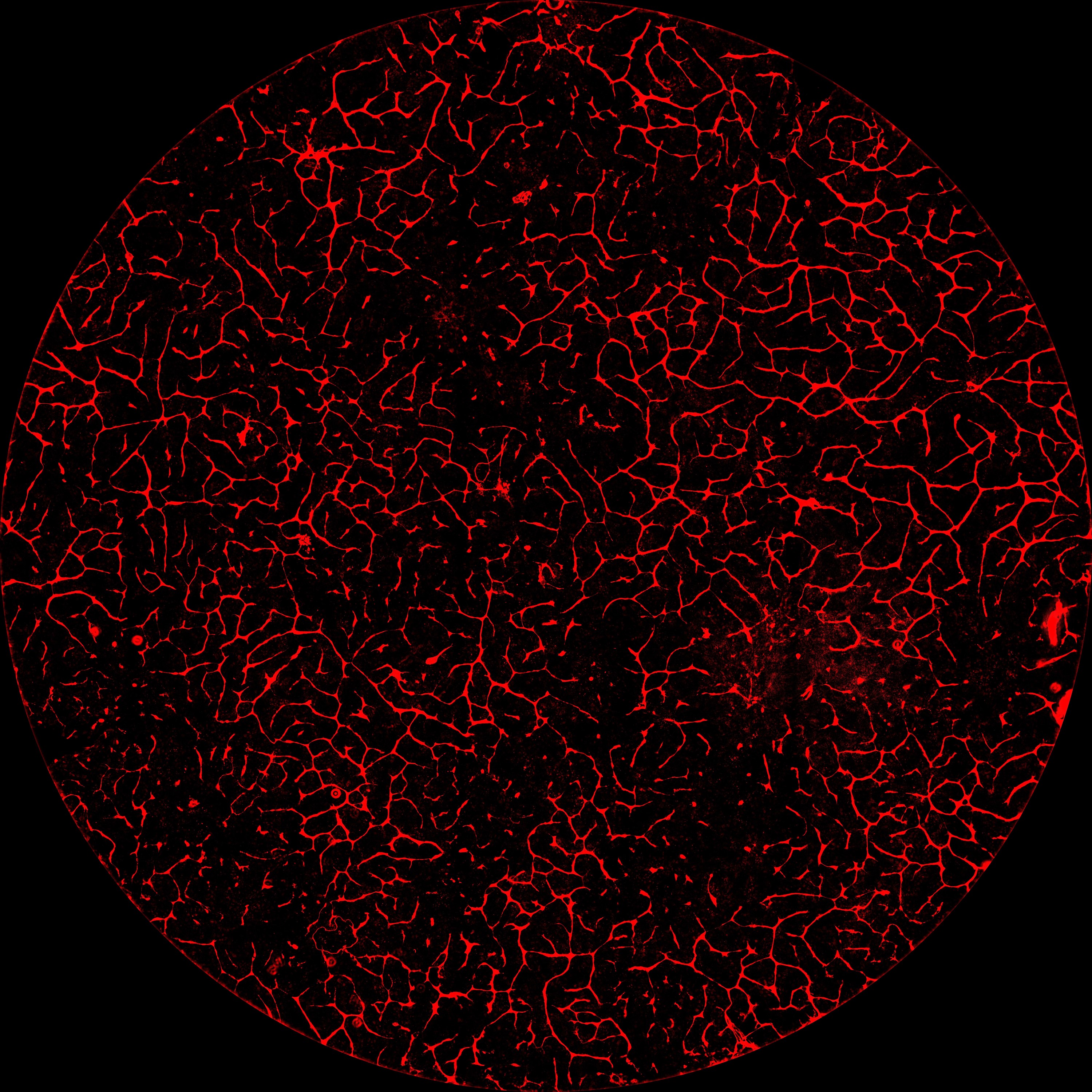
Synthetic Biology and Machine Learning Speed the Creation of Lab-Grown Livers
Researchers at the University of Pittsburgh School of Medicine have combined synthetic biology with a machine learning algorithm to create human liver organoids with blood and bile handling systems. When implanted into mice with failing livers, the lab-grown replacement livers extended life.
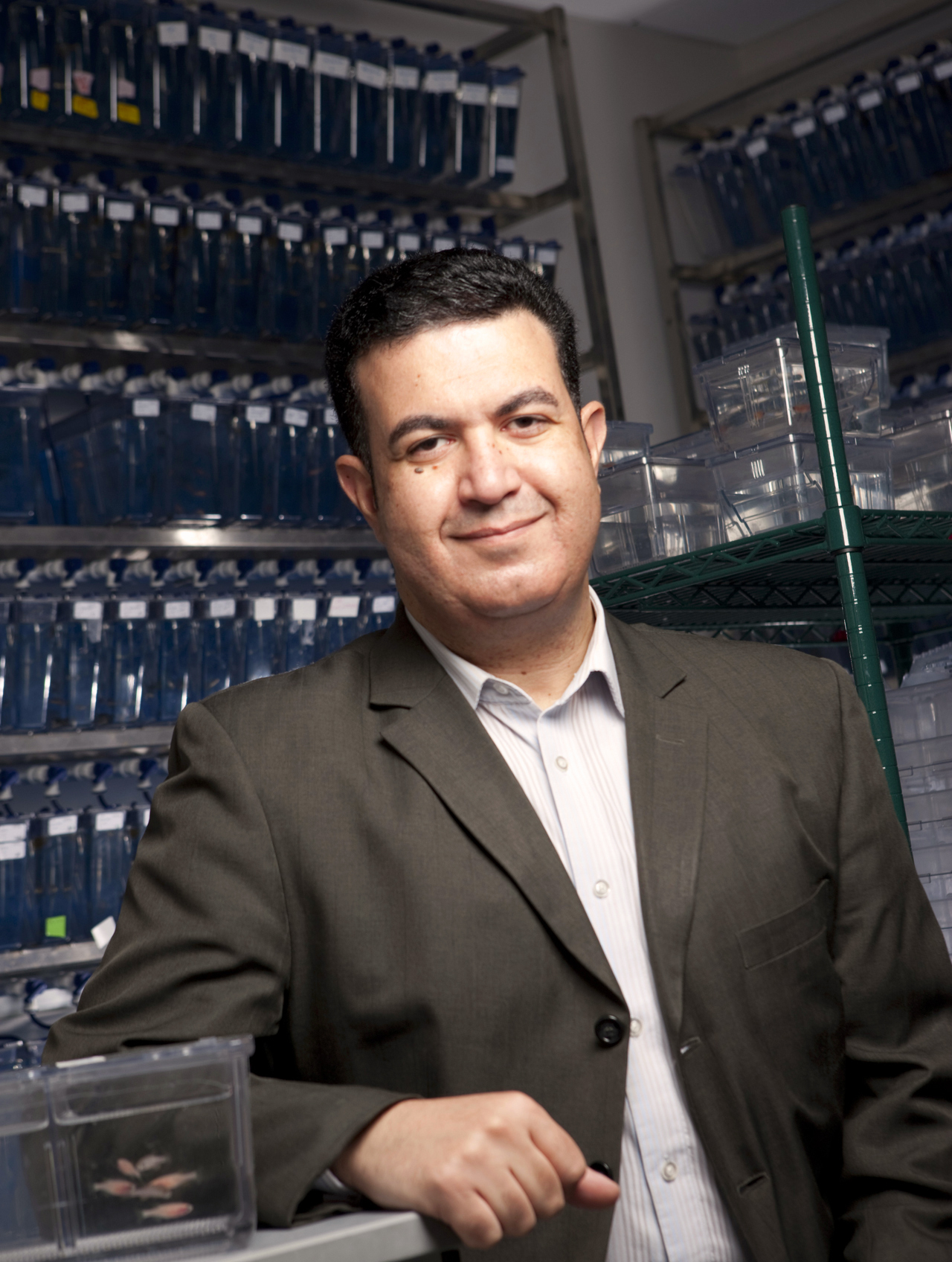
Rutgers Cancer Institute Researchers Utilize 4D Printing with Patient Derived Organoids to Accelerate Treatment Testing for Common Brain Tumor
Rutgers Cancer Institute investigator shares about a new project in which 4-dimensional (4D) printing of arrays that transform from cell-culture inserts into histological cassettes are utilized and hold patient tissue samples for rapid programmable drug testing to accelerate treatment testing for glioblastoma multiforme (GBM), a common brain tumor.
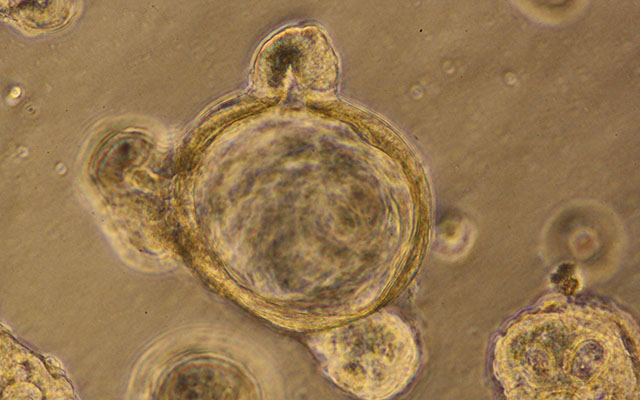
Human Gut-in-a-Dish Model Helps Define ‘Leaky Gut,’ and Outline a Pathway to Treatment
UC San Diego researchers use 3D human gut organoids to reveal the molecular system that keeps intestinal linings sealed, demonstrate how the system breaks down and how it can be strengthened with the diabetes drug metformin.
Brain Organoids Reveal Glioblastoma Origins
Glioblastomas are the most aggressive form of brain cancer – they grow and spread rapidly through the brain and are virtually impossible to eradicate, typically leading to death within one or two years of diagnosis. Scientists are constantly seeking more powerful targeted therapies, but so far without success — in part because glioblastomas are challenging to study in a laboratory setting.
Human organoids are being hailed as a major development in biomedicine by the American Society for Cell Biology (ASCB)
Human Organoids: A New Dimension in Cell Biology Human organoids are being hailed as a major development in biomedicine in a recently-released report by the American Society for Cell Biology (ASCB). According to the report, human organoids “have the potential…